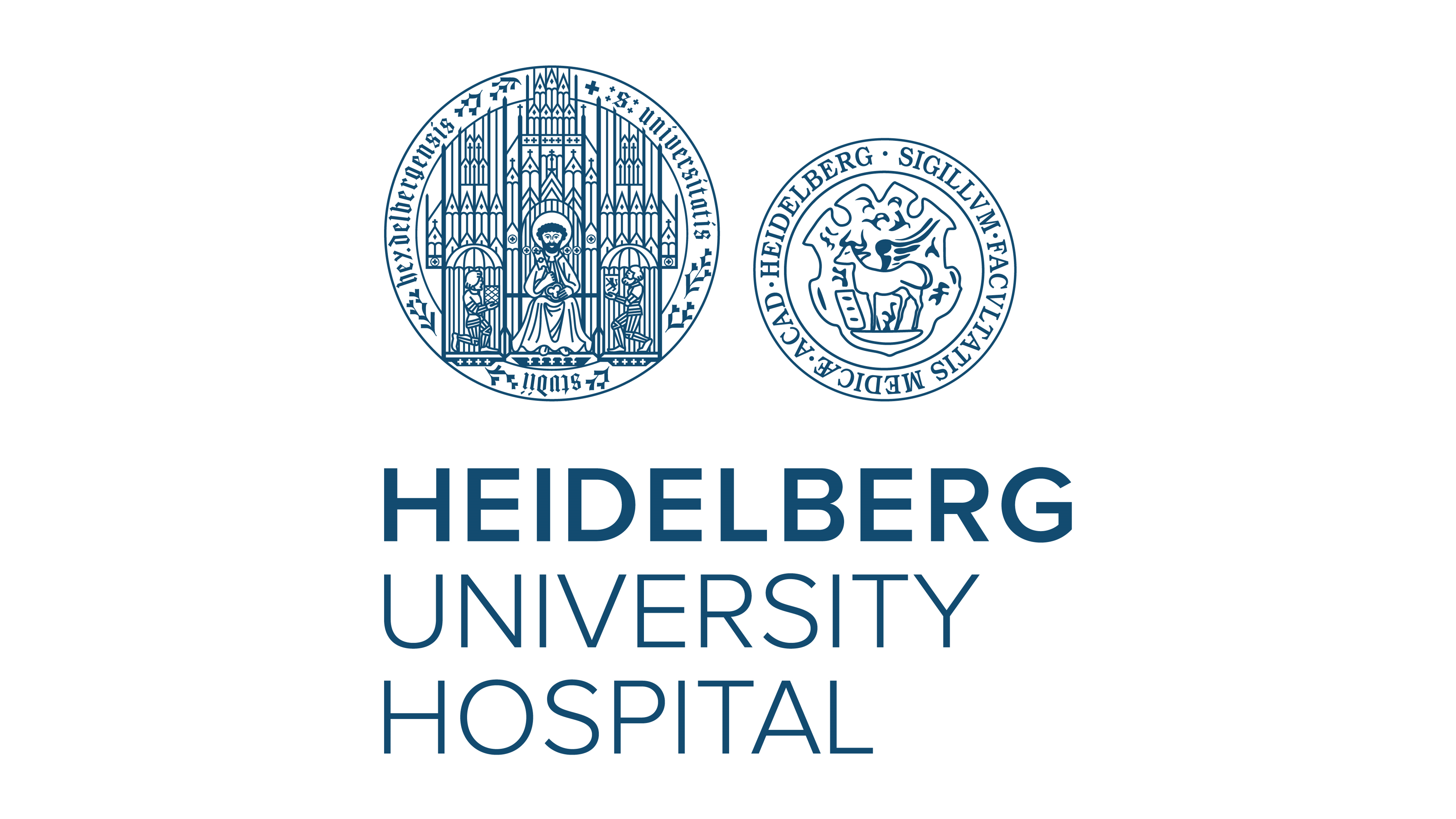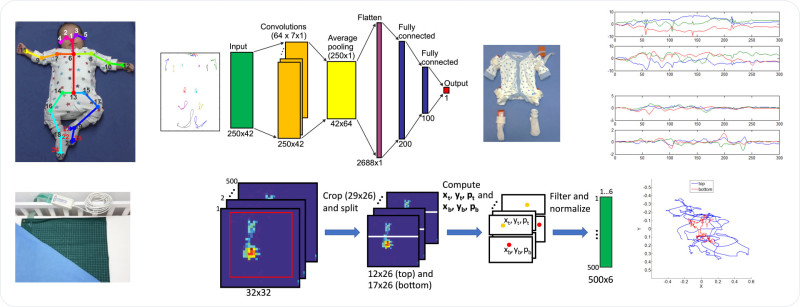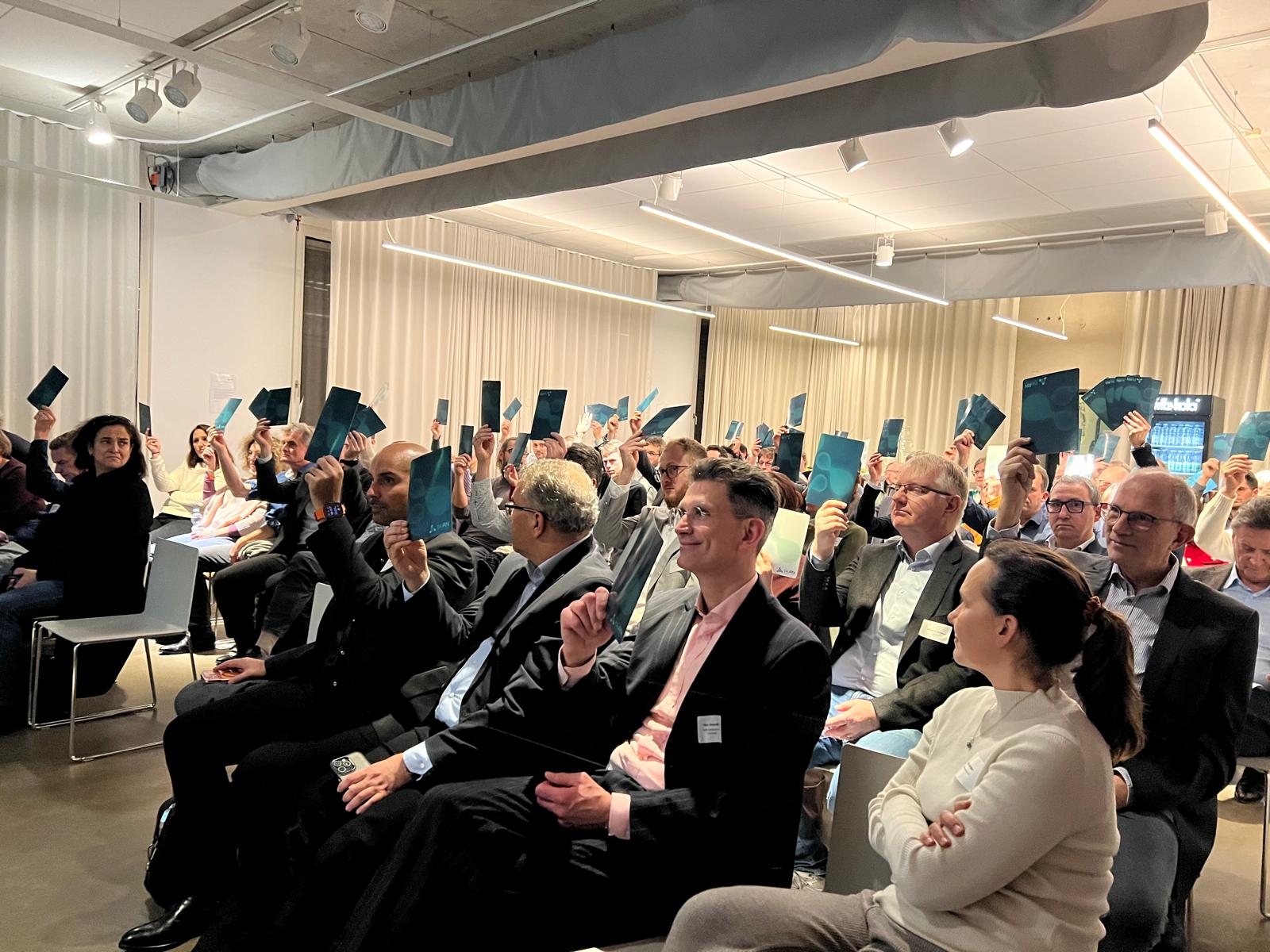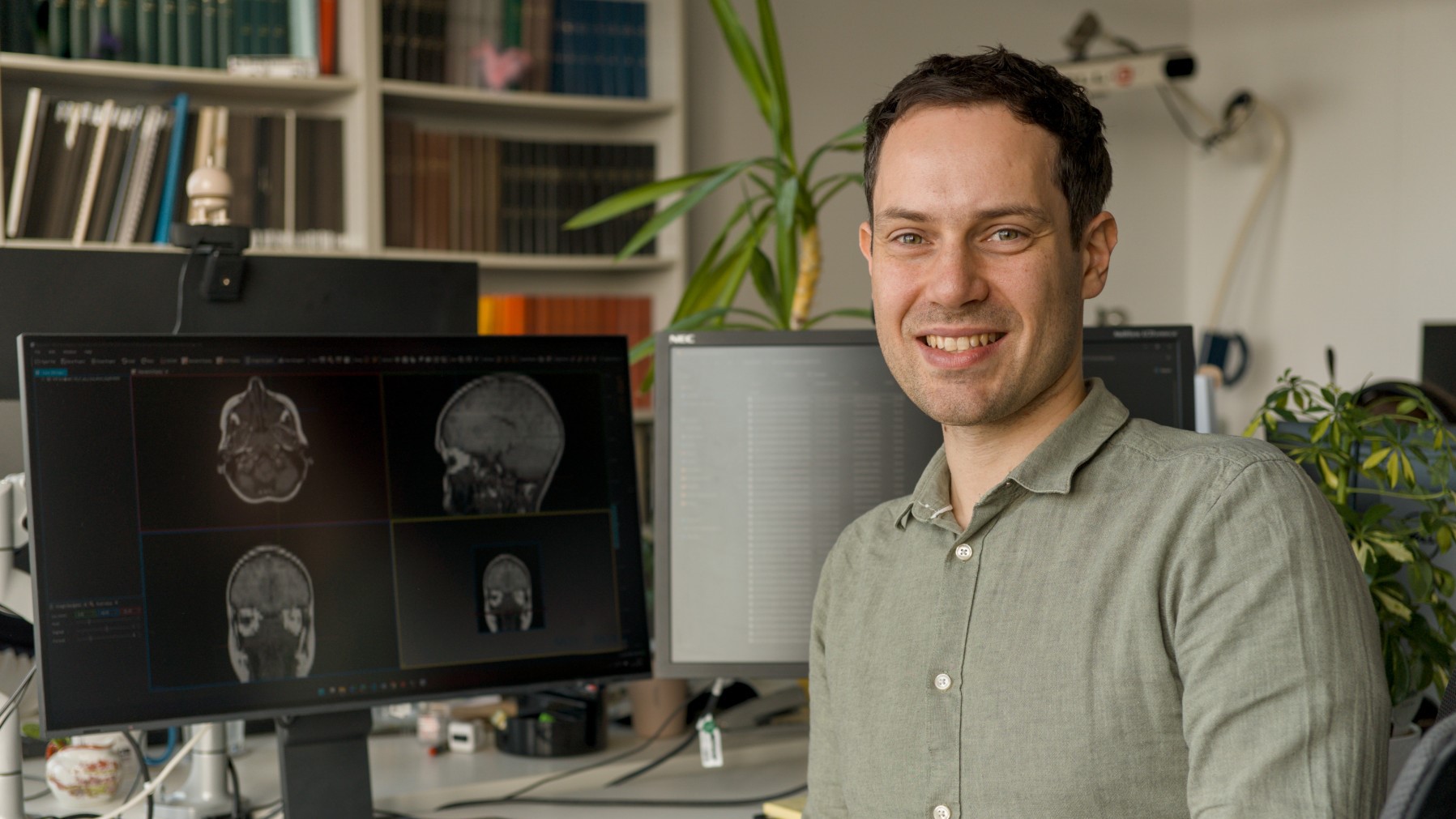Recognise developmental disorders early with AI: Automatically classifying movement patterns in babies

Using a new combination of three sensors and artificial intelligence, researchers at Heidelberg Medical Faculty of Heidelberg University and Heidelberg University Hospital are recognising patterns in babies’ movements that show whether their nervous system is developing healthily.
The way an infant moves spontaneously in the first few months of life can indicate whether its nervous system has a disorder and predict whether the baby will later develop cerebral palsy, for example. This has been the result of research over the last few decades. Until now, these age-specific spontaneous movement patterns – researchers refer to them as ‘general movements’ – have been clinically analysed using video data. Prof Dr Dr Peter Marschik from the Heidelberg Medical Faculty at Heidelberg University and his team have now presented the first combination method with which they can automatically classify early childhood movements. Marschik heads the Systemic Ethology and Developmental Science research unit at the Department of Child and Adolescent Psychiatry at Heidelberg University Hospital (UKHD). In his study with babies aged from four weeks after their due date, he and his colleagues were able to show that the ‘Sensor Fusion Model’ can automatically detect neurological movement disorders at an early stage, which should support diagnostics in the future. The automatic detection of abnormal movement patterns in babies could also contribute to a better understanding of the early development of the nervous system.
Better treatment for neurological disorders recognised early
Early detection of neurological disorders can be decisive for the future life of children. This is because the nervous system continues to develop rapidly after birth, and external influences can promote or impair this. Studies in recent years have shown that early interventions such as physiotherapy can alleviate later symptoms in children with cerebral palsy, which can lead to movement disorders and spasticity (muscle stiffness). Cerebral palsy affects one to four newborns in every 1000 births worldwide. The ‘General Movement Assessment (GMA)’ is one method used to recognise it at an early stage. This involves doctors analysing the child’s movements. Ideally, the GMA is clinically combined with further neurological examinations and MRI imaging. As these methods are not equally accessible everywhere, scientists around the world are looking to introduce automated analyses using artificial intelligence for GMA as a screening tool.
SEE – Sensor Fusion Model precisely recognises movement abnormalities
In the current study, the scientists examined over 50 children at two-week and later weekly intervals. In their sensor fusion model, Peter Marschik and his team combined visual sensor technology with the measurement of pressure distribution using highly sensitive pressure mats and inertial sensor technology, which is used to measure spatial movement. The joint evaluation of all three data sources using artificial intelligence resulted in a significantly higher accuracy in the classification of paediatric movement disorders compared to the video-based sensor alone. ‘The Sensor Fusion model reliably distinguishes between typical and deviant movement patterns and can therefore show us whether the child’s nervous system is doing well and developing appropriately for their age,’ summarises Peter Marschik. The model could therefore contribute to an earlier diagnosis of developmental disorders. In the field of basic research, the automatic classification of early movement patterns could also help to better understand the development of neurodevelopmental disorders, such as autism spectrum disorders.
The research work of Peter Marschik’s team is interdisciplinary and is carried out in collaboration with universities and medical institutions in Göttingen, Graz, Berlin, Los Angeles and Stockholm.
Literature:
Kulvicius T, Zhang D, Poustka L, Bölte S, Jahn L, Flügge S, Kraft M, Zweckstetter M, Nielsen-Saines K, Wörgötter, F, Marschik PB. Deep learning empowered sensor fusion boosts infant movement classification. Communications Medicine. 2025;5:16. doi:10.1038/s43856-024-00701-w

The analysis using artificial intelligence resulted in a significantly higher accuracy in the classification of paediatric movement disorders compared to the video-based sensor alone. Photo: University Medical Centre Göttingen




